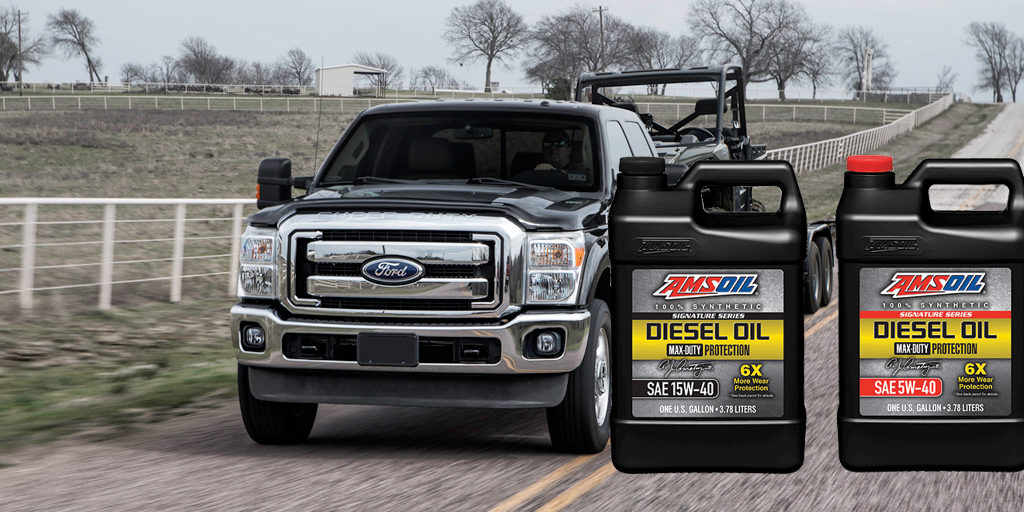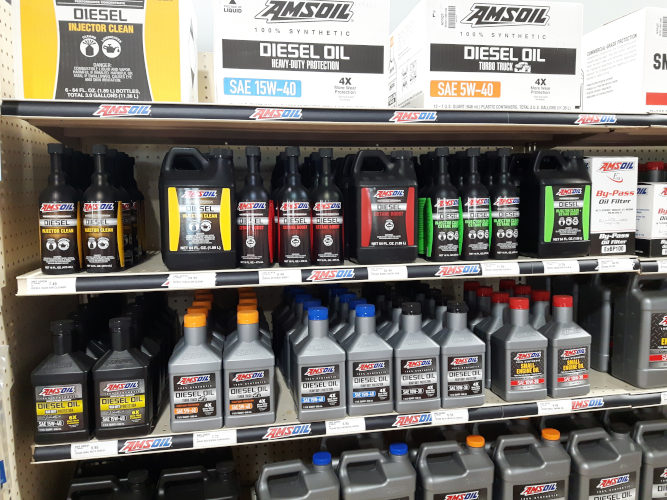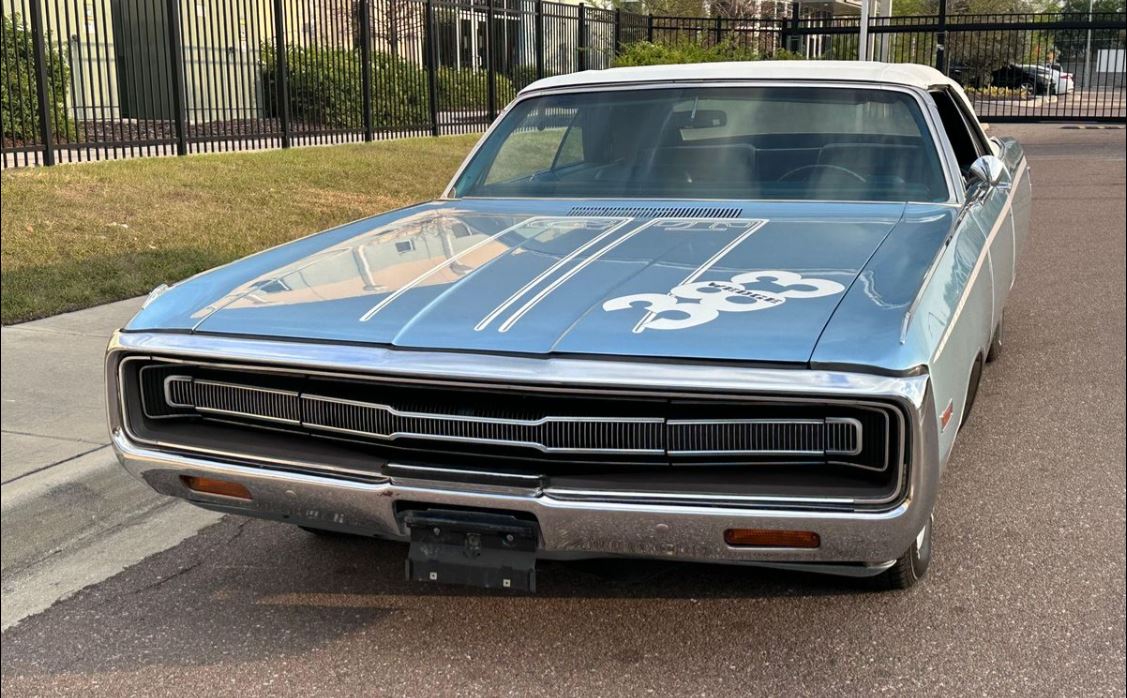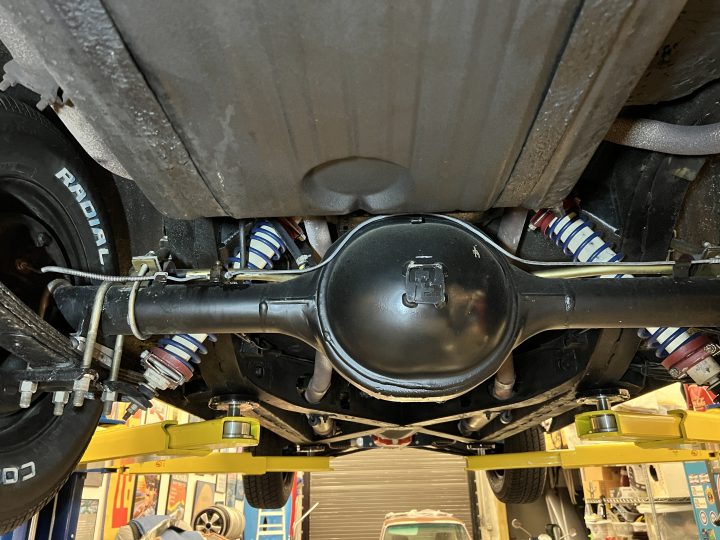9 Tips for Safe Trailer Towing Ed Newman|Jun 11, 2019 11:10 AM Friends of mine in Minneapolis were driving on Highway 35, talking about this and that, minding their own business, when – wham! A trailer carrying a boat slammed into their car. The trailer had disconnected from the tow vehicle and darted across the […]
Weed Eater Won’t Start? Try This
We’ve all been there – Weed Eater Starting Foes! John Baker| Jun 19, 2019 9:28 AM No matter what you call it – weed eater, weed whacker, string trimmer – chances are at some point it won’t start. Few things are more annoying than destroying your shoulder trying to start the weed eater when there’s […]
Standing out At The Car Show – And Possi
How to Get Your Car Noticed at a Car Show (and Maybe Even Win an Award) Jamie Gibson|May 16, 2019 12:01 PM In November 1900, the Automobile Club of America sponsored the first “modern car show”, which took place in New York City. Referenced today as “The Grandmother of All Auto Shows”, it featured… […]
Most „electrified“ vehicles still use mo
Most „electrified“ vehicles still use motor oil The auto industry is changing, but not the Dealer opportunity. Matt Erickson | DIRECTOR, TECHNICAL PRODUCT MANAGEMENT Does do term „electrification“ make you fear for the future of the internal combustion engine and your Dealership? As we explained in the April 2018 AMSOIL Magazine and again at the […]










